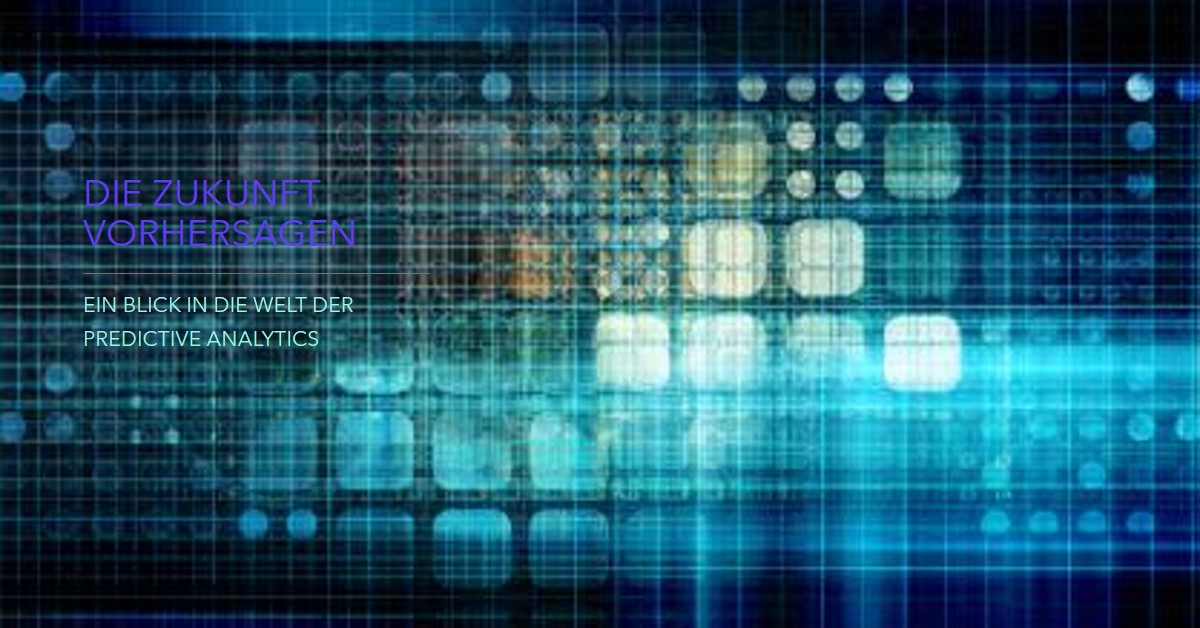The rapid development of technology has fundamentally changed recruiting. One of the most exciting developments in recent years is the use of Predictive analytics in recruiting. Companies face the challenge of finding and retaining the best IT talent in a highly competitive market. Predictive models based on large amounts of data can play a decisive role here. But what exactly is predictive analytics and how can companies benefit from it?
What is predictive analytics in recruiting?
Predictive analytics describes the analysis of data in order to predict future events or results. In recruiting, this means that historical data on candidates and application processes is used to predict which applicants are most likely to be successful in the company. Machine learning and algorithms can be used to continuously optimise these models so that the predictions become increasingly precise.
By implementing such models, companies can Better and faster decisions meet. You can assess the probability of success of a candidate in advance and thus minimise the risk of unsuccessful appointments. This not only saves time, but also resources, as unsuccessful appointments are often expensive and time-consuming.
Possible applications of predictive analytics in recruiting
Predictive analytics offers numerous possible applications in the recruitment process. These begin with the pre-selection of applicants and do not end after recruitment. Companies can use the technology to recognise patterns and understand which factors influence an employee's professional success.
One example is the analysis of Career pathsPrediction models can show which professional experience, skills and qualifications lead to a successful career path. At the same time, they can identify signs that indicate a higher risk of early departure. This helps recruiters to make more accurate decisions and identify potentially suitable candidates more quickly.
Other possible applications include Analysis of soft skills and the forecast of Culture-Fit. Predictive analytics can evaluate data on behaviour, personality tests and even team dynamics to determine which candidates are a good fit for the company, not only professionally but also culturally.
Advantages of predictive analytics for recruiters and managers
For recruiters and HR managers, predictive analytics offers several decisive advantages. Firstly, the recruiting process becomes significantly more efficient. The data-based pre-selection of applicants means that unnecessary interviews can be avoided and the focus can be placed on the most promising talent. This shortens the time-to-hire, an important KPI in recruiting.
Secondly, predictive analytics contributes to this, Bias in recruiting to reduce. As the models are based on data and algorithms, they reduce the risk of unconscious bias that can arise from personal preferences. This makes the selection process more objective and fairer.
Another advantage is the Increase employee satisfaction and loyalty. By using prediction models, companies can specifically recruit candidates who have both the necessary professional qualifications and the right soft skills. This leads to better integration into the team and higher employee retention, which saves costs for the company in the long term.
Examples of predictive models that forecast the success of hiring
Various predictive models can predict the success of recruitment. One of the most frequently used models is the logistic regression modelwhich calculates the probability of a successful hire based on historical data. Various factors such as education, professional experience and previous job changes are included in the analysis.
Another model is the Random Forest Modelwhich is based on decision trees. It takes into account a large number of variables and makes predictions about whether a candidate will be successful based on the available data. Global tech companies are already using such models to identify the right talent.
In addition, there are Cluster analysis modelswhich categorise candidates into groups based on similarities. In this way, recruiters can more quickly identify candidates who resemble the profile of the most successful employees in the company.
How predictive analytics can be integrated into ATS
A Applicant Tracking System (ATS) has become an integral part of modern recruiting processes. The integration of predictive analytics into ATS is a logical next step. Through this integration, ATS will be able to not only manage applicants, but also predict the potential success of a candidate.
In practice, this means that applicant data is analysed in real time and compared with existing prediction models. Recruiters automatically receive a list of the most promising candidates, which speeds up the process considerably. The integration of predictive analytics also enables companies to recognise long-term trends and base strategic personnel decisions on data-based forecasts.
"The combination of ATS and predictive analytics is a real game changer," says Ilka Zeiner"This enables companies to optimise their recruiting strategies and not only identify the best talent more quickly, but also retain it in the long term."
Challenges in the implementation of predictive analytics
Although the benefits of predictive analytics in recruitment are obvious, there are also challenges when it comes to implementation. One of the biggest hurdles is the Data privacy regulations. Companies must ensure that they properly protect the sensitive data of their applicants and comply with the applicable data protection regulations, such as the GDPR.
In addition, the introduction of predictive analytics in recruiting requires specific Expertise in the field of data analysis. Not every company has the resources or expertise to develop and implement predictive models themselves. This is where external service providers such as indivHR can offer valuable support.
Finally, care must be taken to ensure that prediction models do not Discrimination reinforce. If the historical data on which the models are based already contains bias, this can be transferred to the forecasts. Continuous monitoring and adjustment of the models is therefore essential.
The future of recruiting with predictive analytics
Predictive analytics offers a promising opportunity to optimise the recruitment process and avoid bad hires. By integrating this technology into existing ATS systems, companies can not only save time and money, but also ensure that they hire the best talent.
For recruiters and HR managers, this means a new era of data-based working, where gut decisions are replaced by well-founded, analytical decisions. The future of recruitment is clearly data-driven - and predictive analytics is the key to this.
___________________
Want to learn how predictive analytics can help you find the best IT talent? Book one now Free initial consultation with one of our experts from indivHR. Together, we will develop a customised recruiting strategy that will revolutionise your IT talent acquisition.





